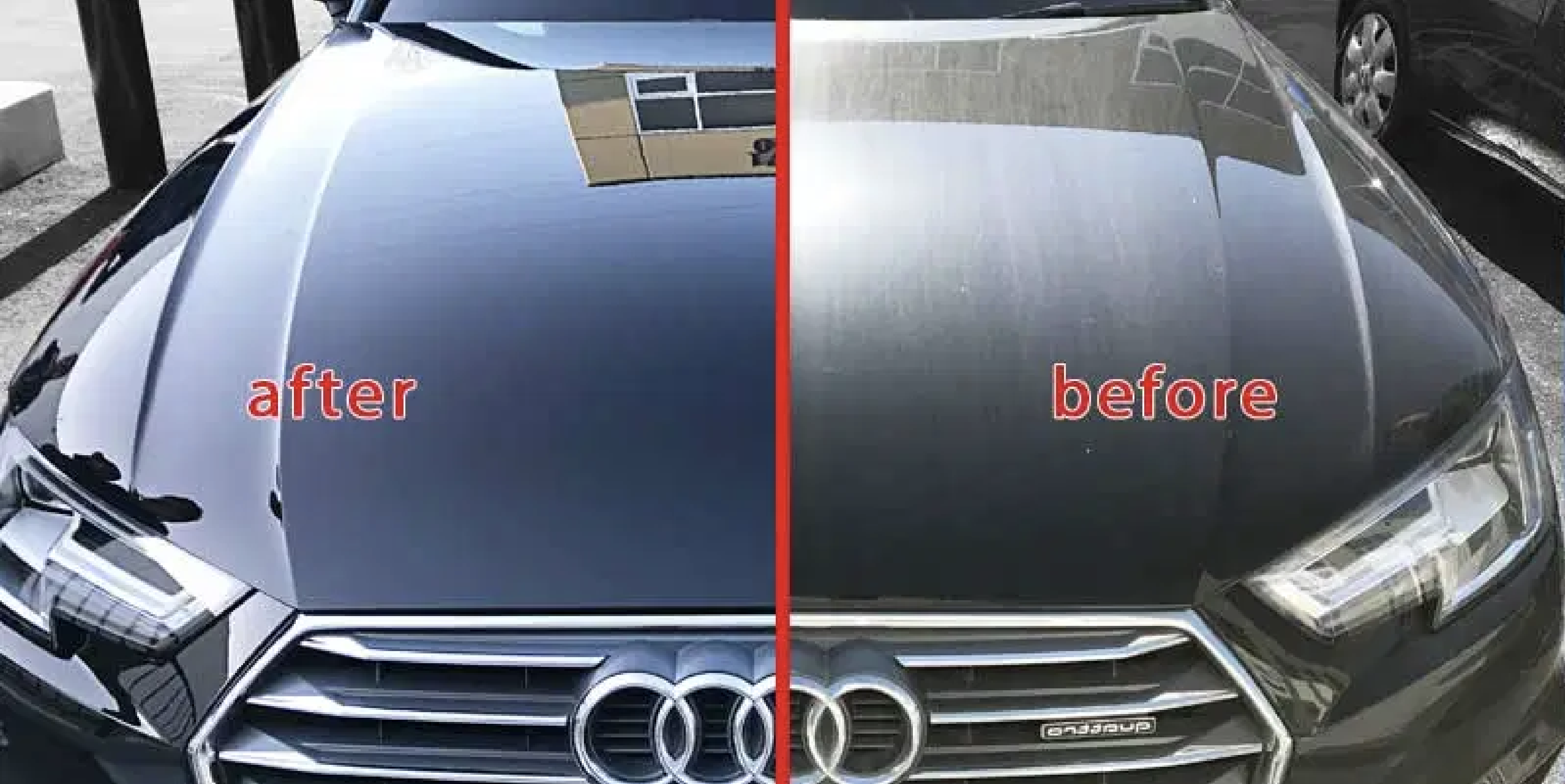Get comprehensive car detailing for a deep clean.
Get comprehensive car detailing for a deep clean.
Blog Article
A Comprehensive Overview to the Sorts Of Ceramic Layer on the Market
Ceramic finishes have emerged as an essential remedy throughout different industries due to their unique residential properties and applications. From silica-based formulas known for their effectiveness to hybrid options that combine multiple benefits, the selections available can be frustrating. Recognizing the nuances of each kind, including their details advantages and optimal usage instances, is essential for making educated decisions. As we check out the unique qualities and applications of these layers, the effects for efficiency and longevity become progressively noticeable, elevating questions about which kind may best suit your needs.
Comprehending Ceramic Coatings
Ceramic layers are sophisticated protective services that have obtained appeal in numerous markets, particularly in auto and aerospace applications. These finishes are composed of a fluid polymer that, when healed, develops a sturdy, hydrophobic layer on the surface area of the substratum. This layer gives boosted resistance to environmental pollutants, UV radiation, and chemical direct exposure, thus extending the life and aesthetic allure of the underlying product.
The basic component of ceramic coverings is silica, which adds to their firmness and durability. The application process commonly includes surface preparation, application of the finish, and healing, which can be attained via heat or UV light. When cured, ceramic coverings show extraordinary bonding properties, enabling them to stick strongly to a range of surfaces, including steels, plastics, and glass.
Along with their safety attributes, ceramic layers also use ease of upkeep. Their hydrophobic nature reduces the adherence of dirt and gunk, making cleansing less complex and much less regular. On the whole, the adoption of ceramic coverings stands for a significant innovation in surface security modern technology, offering both useful and aesthetic benefits throughout numerous industries.
Kinds Of Ceramic Coatings
Various kinds of ceramic layers are readily available, each designed to satisfy details efficiency requirements and applications - ceramic coating sarasota. The most common kinds include:
Silica-based Coatings: These finishes largely contain silicon dioxide and are understood for their resilience and chemical resistance. They are extensively utilized in automobile and industrial applications.
Titanium Dioxide Coatings: Renowned for their photocatalytic properties, titanium dioxide finishes are typically used in environments where self-cleaning and antifungal homes are preferable, such as in structure products and auto coatings.
Zirconia Coatings: Characterized by their high-temperature stability and thermal resistance, zirconia coverings are utilized in applications such as wind turbine engines and high-performance automotive elements.
Alumina Coatings: Exhibiting outstanding hardness and thermal stability, alumina coatings are regularly made use of in wear-resistant applications, including reducing devices and commercial equipment. - ceramic coating sarasota
Crossbreed Coatings: Incorporating the residential properties of different products, crossbreed layers supply improved efficiency qualities, making them ideal for distinct and demanding applications.
Each sort of ceramic covering serves unique functions, enabling individuals to pick the most ideal service based on particular environmental conditions and performance demands.
Benefits of Ceramic Coatings
Ceramic layers, in particular, offer numerous advantages that make them progressively preferred among producers and consumers alike. These finishes are resistant to scrapes, chemicals, and UV rays, guaranteeing that the underlying surface area remains protected over time.
Along with longevity, ceramic finishings give outstanding hydrophobic residential or commercial properties, allowing for simple cleansing and maintenance. This water-repellent nature minimizes the adherence of dirt, gunk, and other contaminants, which can lengthen the aesthetic appeal and functionality of the surface. Moreover, ceramic coverings can dramatically enhance thermal resistance, making them excellent for applications that withstand high temperature levels.

Application Process
When applying ceramic coatings, a meticulous method is essential to accomplish ideal outcomes. The application procedure typically starts with detailed surface preparation. This includes cleaning, decontaminating, and polishing the surface area to eliminate look at this now all pollutants, including dust, oil, and prior waxes or sealants. A tidy surface ensures appropriate attachment of the finish.
Once the surface is prepped, the following action is to apply the ceramic finishing. The layer needs to be used in slim layers, as thicker applications can lead to irregular finishes.
After application, the layer calls for a certain curing time, typically ranging from a couple of hours to a complete day, depending upon the product. During this moment, it is essential to stay clear of direct exposure to moisture or pollutants. Lastly, a mild buffing might be needed after curing to enhance the gloss and remove any high spots. Adhering to these actions vigilantly will make the most of the performance and long life of the ceramic coating, giving a long lasting protective layer for the surface.
Upkeep and Long Life
To make certain the longevity and efficiency of a ceramic layer, normal maintenance is crucial. Ceramic coverings, recognized for their resilience and protective qualities, need specific care routines to maximize their life expectancy and efficiency.
Along with regular washing, routine assessments are crucial. Seek indications of wear or damages, such as hydrophobic buildings diminishing or surface area imperfections. If essential, a light gloss might be related to invigorate the go to these guys coating without stripping it away.
Moreover, the application of a booster spray can improve the finish's hydrophobic results and recover its gloss. This is specifically advantageous for finishes that have actually remained in usage for a prolonged duration. Eventually, by adhering to these maintenance methods, one can dramatically expand the life of a ceramic covering, guaranteeing that it proceeds to give optimal protection versus environmental elements and keep the aesthetic appeal of the automobile.
Conclusion

Report this page